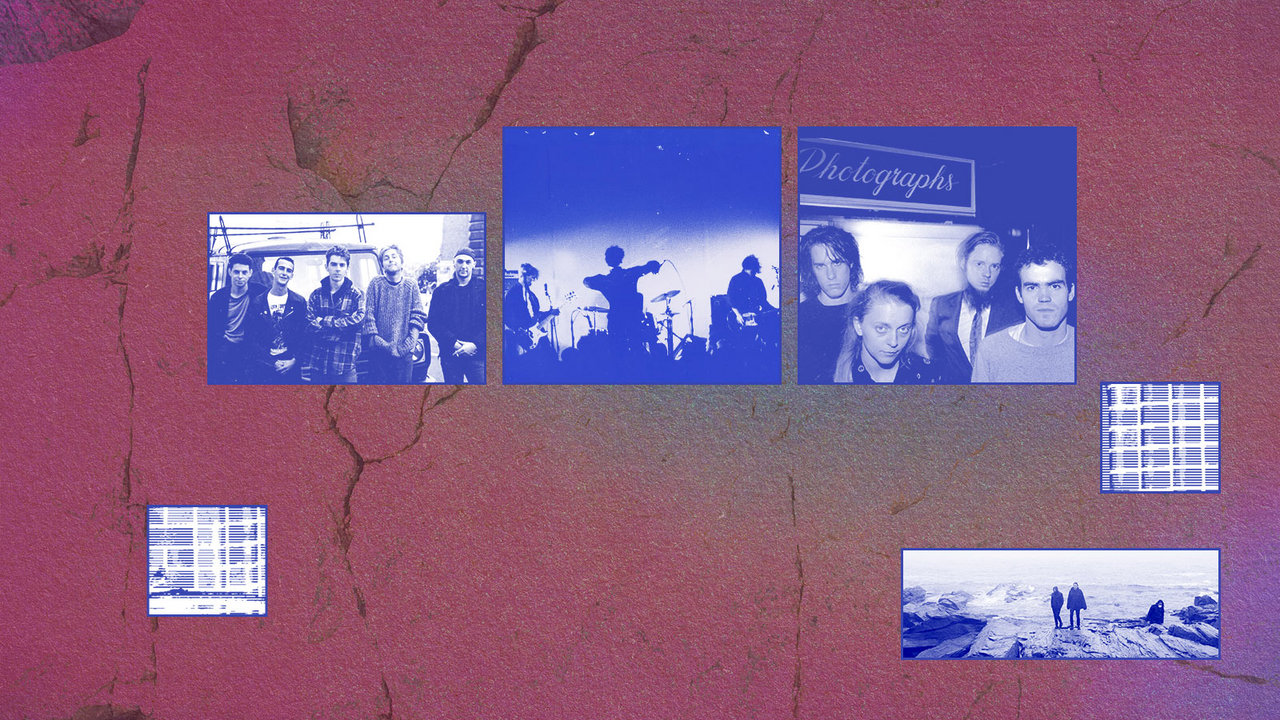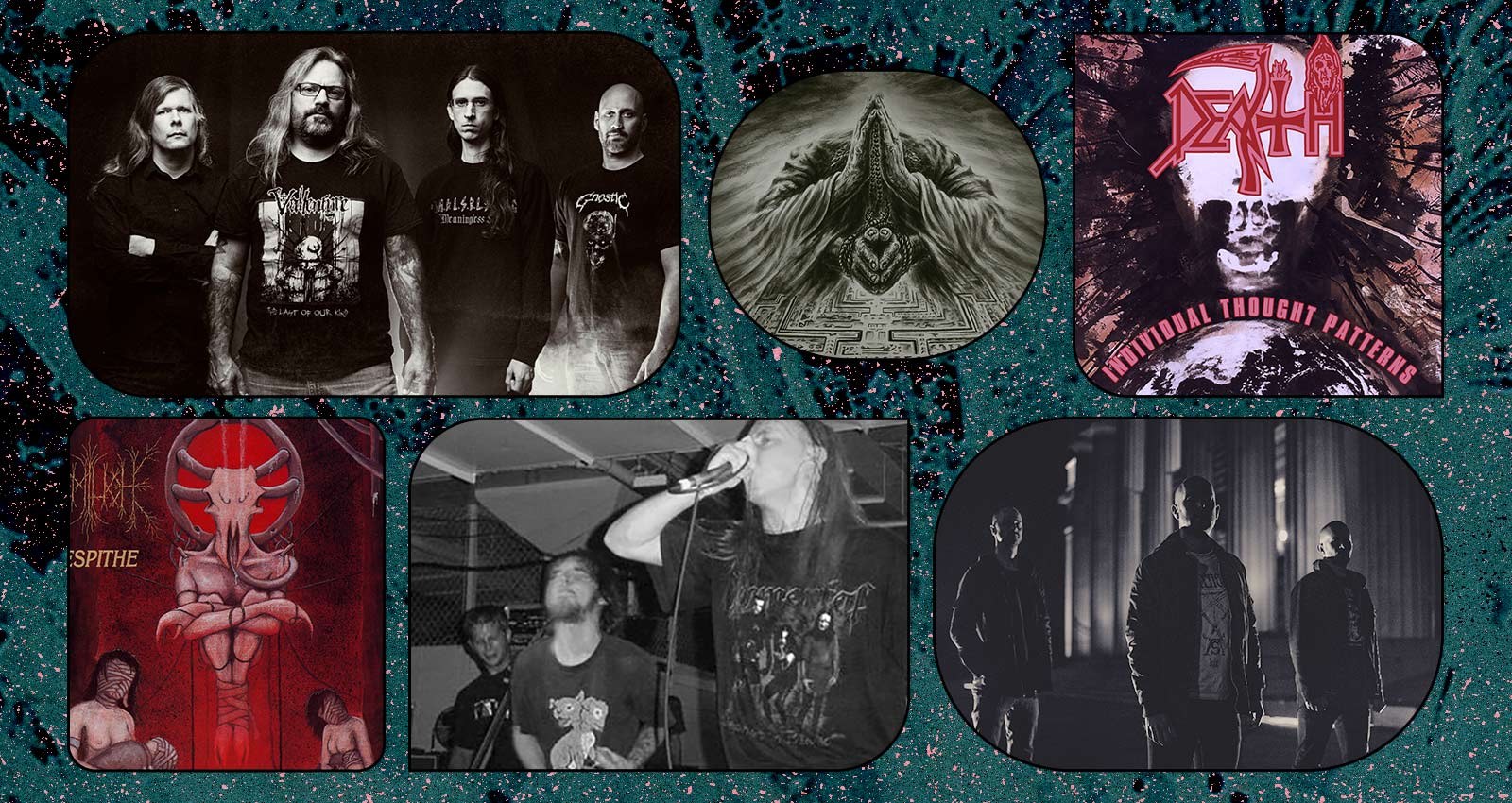
It’s tricky to nail down a working definition of dissonant death metal. In theory, this subgenre is primarily defined by what it’s not—its name implies that it’s the exact opposite of melodic death metal. Yet many of the essential bands within the so-called “dissodeath” movement have rich, beautiful melodies at the center of their songs. Virtuosic musicianship is a common thread shared by many dissodeath acts, but chops are also the bedrock of technical death metal, a wholly distinct subgenre. Dissonant death metal songs tend to be more adventurous and less bound to traditional riff-chorus-riff structures than more straightforward death metal, but it’s hardly the only metal subgenre that emphasizes that kind of compositional freedom.
This slippery definition might be a symptom of dissodeath’s origins in the Wild West of early extreme metal. Like almost everything in death metal, it all goes back to the visionary frontman of Death, Chuck Schuldiner. Almost immediately after the release of Scream Bloody Gore, an entire ecosystem had formed around Schuldiner’s harsh vocals, bludgeoning riffs, and thrash-on-amphetamines tempos. Leprosy and Spiritual Healing refined and richened that sound. 1991’s Human, which saw Schuldiner joined by fretless bass wizard Steve DiGiorgio and Cynic founders Paul Masvidal and Sean Reinert, was something entirely new. The riffs grew knottier, the melodies were counterbalanced by off-kilter oddness, and Schuldiner suddenly seemed far less concerned with extremity than with exploration. Nobody tagged it as such at the time, but Human marked the birth of dissonant death metal.
Thirty years after the release of Human, death metal has liberated itself from orthodoxy in a dozen different ways. The bands below don’t all sound alike, but they all use dissonance as a key ingredient.
Death

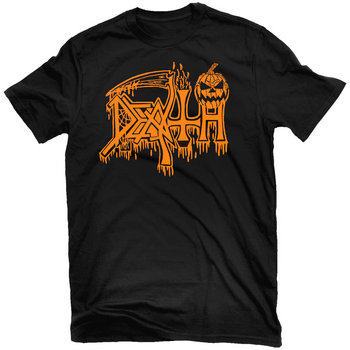

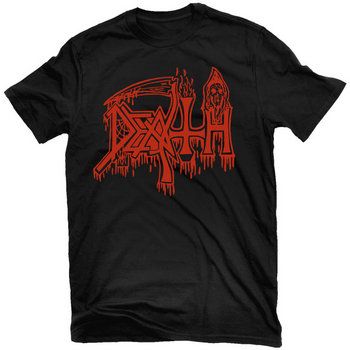
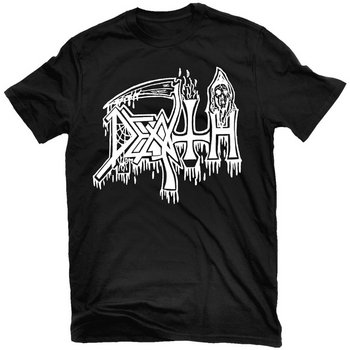



T-Shirt/Apparel, Poster/Print




After Human, Death continued to push outward, taking death metal farther and farther from its founding principles. Individual Thought Patterns, Symbolic, and The Sound of Perseverance solidified Chuck Schuldiner’s place in history as one of the most forward-thinking metal musicians of all time. Old-school death metal, dissodeath, progressive metal, tech-death—none would exist in their current forms without Schuldiner lighting the path. He tragically passed away in 2001 after a bout with brain cancer, and 20 years later, no one has caught up to him.
Demilich
An ocean away from Schuldiner’s death metal experiments, a beast of pure instinct was rising in Finland. Demilich unleashed Nespithe on an unsuspecting public in 1993, and nothing has ever sounded quite like it before or since. Antti Boman and Aki Hytönen’s guitars traded spiraling, complex riffs according to an internal logic that only made some kind of bizarre sense after multiple listens. Boman’s guttural vocals were closer to burping than to singing. The song titles and lyrics walked a fine line between esoteric and tongue-in-cheek. Demilich were uninterested in appeasing the casual death metal fan, but they inspired a generation of bands who would take Nespithe’s central message to heart: Don’t be afraid to get weird.
Gorguts








Compact Disc (CD), 2 x Vinyl LP, T-Shirt/Shirt, T-Shirt/Apparel, Button/Pin/Patch




Like Death before them, Québec’s Gorguts started out as a more straightforward death metal band before pivoting into dissonance. Considered Dead and The Erosion of Sanity are both killer slabs of old-school death metal, but from the confounding first riff of 1998’s Obscura, it was clear Gorguts were destined for stranger things. Even more remarkable than that first pivot was the band’s 2013 comeback album, Colored Sands, recorded with an entirely new lineup flanking frontman Luc Lemay. The dissonance Lemay began to explore on Obscura is present, but it lives within a richer ecosystem where masterfully sculpted death metal songs unfold like classical pieces—and where one actual classical piece, the stunning, cello-driven “The Battle of Chamdo,” is a centerpiece. Its position in the track listing between two death metal epics doesn’t feel out of place in the slightest. Lemay has earned the listener’s trust, and he uses that to take Gorguts places most death metal bands wouldn’t dare tread.
Rune
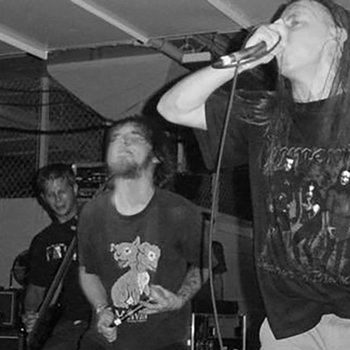
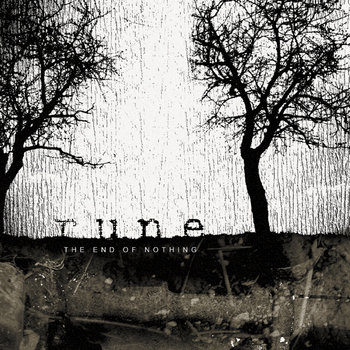

Compact Disc (CD)

Dayton, Ohio’s Rune only survived long enough to make one album, but it’s an underground classic and a fascinating road-not-taken for dissonant death metal. The End of Nothing infuses its dizzyingly technical death metal riffs with the suffocating atmosphere of funeral doom while two equally indecipherable vocalists spew bleak missives of depression and desolation. By foregrounding the emotional weight of their songs, Rune achieve a kind of spiritual transcendence that most dissonant death metal doesn’t even strive for. For purists, that alone might be cause for exclusion from the dissodeath tag, but the mind-melting riffing on songs like “Babylon Burning” and “Worthless Endeavor” will impress anyone looking for deranged instrumental genius.
Portal
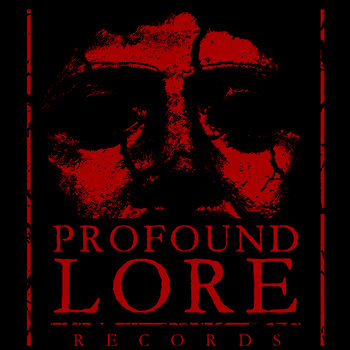


Compact Disc (CD)

Few experimental metal bands have caught the attention of casual onlookers. Thanks in no small part to the Curator’s Peter Gabriel-era Genesis-like affinity for elaborate costumes, Portal have managed to find an audience far beyond what its confrontationally amelodic sound would suggest. The band fronted by the guy with a grandfather clock on his head are no mere sideshow oddity, though—their five full-lengths of confounding, cacophonous death metal are some of the genre’s finest of the past 20 years. Jagged, rhythmic riffs and suffocating atmosphere are the Australians’ trademark, and they’re the rare band who sing about Lovecraftian mythos while actually sounding like some deathless being of eldritch horror.
Ulcerate

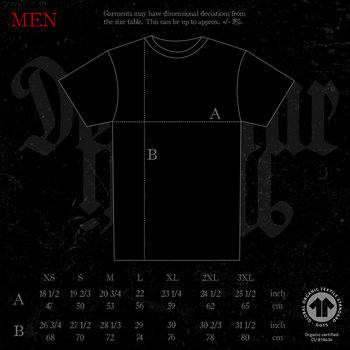




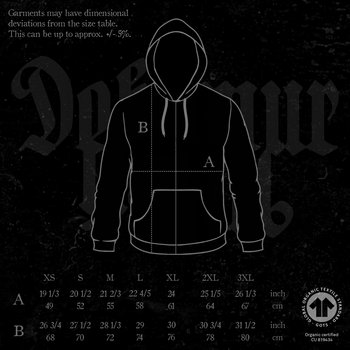

T-Shirt/Apparel, Sweater/Hoodie, Compact Disc (CD), 2 x Vinyl LP




With six increasingly labyrinthine albums to their name, New Zealand trio Ulcerate have become one of the most prominent bands working in the dissonant death metal style. While their earliest, tech-death-adjacent efforts utilized a lot of stop-start dynamics and fretboard calisthenics to mine their dissonance, the more recent Ulcerate albums are more subtly complex things, as emotionally nuanced as they are musically discordant. Last year’s crushingly heavy Stare into Death and Be Still is the culmination of the band’s evolution, a dark night of the soul rendered in progressive death metal.
Ad Nauseam



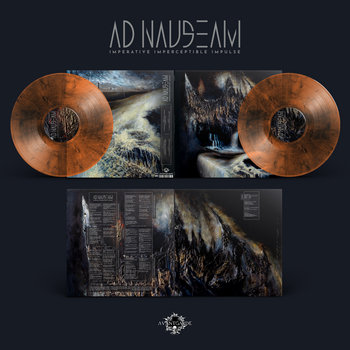
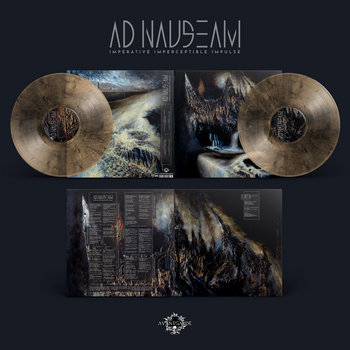



2 x Vinyl LP, Compact Disc (CD), Vinyl LP




Even within a subgenre defined by pushing death metal to its outermost limits, Italy’s Ad Nauseam live at the bleeding edge. In the liner notes for Imperative Imperceptible Impulse, the band cites a list of avant-garde classical composers as key influences. Invoking historical geniuses like Igor Stravinsky and Krzysztof Penderecki might raise some eyebrows, but Ad Nauseam come by it honestly. In writing and recording Imperative Imperceptible Impulse, they went to extreme lengths to force themselves outside of their comfort zones. They heavily utilized polyphony and polyrhythms, discovered harmonies by playing disharmonies, fabricated melody by leaning into dissonance, and devised a new tuning system—all to engineer their own discomfort, and in so doing, create a new vocabulary that’s related to death metal, but distinct from it. Projects like Jute Gyte and Mastery have staged similar experiments in black metal, but in death metal, few bands have pushed their compositional spelunking as far as Ad Nauseam.


